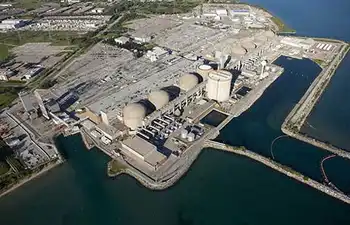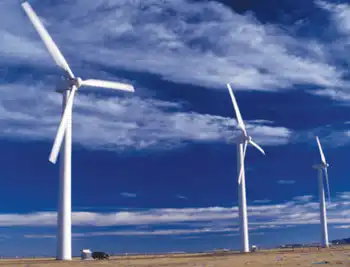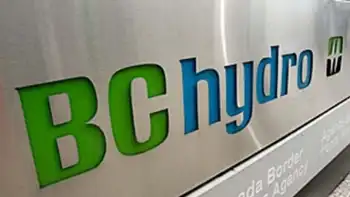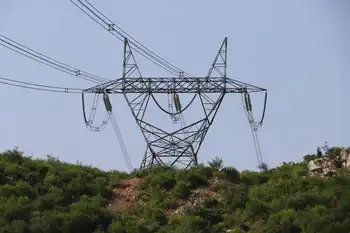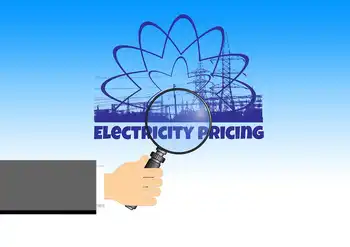Legal challenge may stall wind projects
By Toronto Star
Protective Relay Training - Basic
Our customized live online or in‑person group training can be delivered to your staff at your location.

- Live Online
- 12 hours Instructor-led
- Group Training Available
He came away worried.
His worries grew to the point that later this month his lawyer will be in a Toronto courtroom, arguing a case that could put further wind power development in Ontario on hold.
That could put a crimp in OntarioÂ’s just-announced long-term energy plan, which foresees a significant expansion of wind-generated electricity.
Hanna is challenging to a provincial regulation that requires large wind turbines to be set back at least 550 metres from any residence.
“There appears to be significant scientific uncertainty about the question of an appropriate setback distance between industrial wind turbines and peoples’ homes,” says Hanna’s lawyer, Eric Gillespie.
That, he says runs against the “precautionary principle.”
“The precautionary principle simply says: Until that uncertainty is resolved, we should not be proceeding with further development.”
Wind opponents say the turbines can cause sleep disorders, hearing problems and a host of associated health effects.
“The fact that the government is setting these things back already more than half a kilometers demonstrates that the government is aware there is a risk,” says Gillespie.
Hanna moved to Prince Edward County from Richmond Hill in 2003 and runs a wine importing business from his home on Big Island, just off the shore.
After he bought his property, a developer proposed a wind project on the island and Hanna started asking questions about the impact on local residents. The project was ultimately withdrawn because of a nearby military airstrip.
“It became apparent to me there were a lot of unknowns, and that worried me very much,” he said in an interview.
That Thanksgiving, he started circulating a petition. In his travels, he met Dr. Robert McMurtry, a former dean of medicine at the University of Western Ontario, who also owns property in Prince Edward County.
McMurtry shared HannaÂ’s concerns and had the professional heft to command attention. McMurtry has given expert evidence on the case, along with two other doctors.
A spokeswoman for OntarioÂ’s environment ministry said the ministry cannot comment on the case because of the imminent court date.
But last May – months after Hanna had filed his challenge – Ontario’s chief medical officer of health Arlene King published a report on wind turbines.
“The scientific evidence available to date does not demonstrate a direct causal link between wind turbine noise and adverse health effects,” the report says.
Although the sound may be “annoying,” they are “well below the pressure sound levels at which known health effects occur.”
Hanna is not persuaded. He says he has talked to many people whose health has been ruined by nearby turbines.
“I’ve spent time with people who have suffered unbelievably from living too close to these things,” he said in an interview.
“Their lives have become a living hell. I think maybe sleep deprivation does this to people. They’re in such terrible condition. I could never walk away from it now.”
He figures he needs $250,000 to see the case through, and has about $200,000 now – partly his own money, partly donations. None of the money, he says, comes from companies competing with wind power producers in the energy market.
In a written reply to questions, the Canadian Wind Energy Association says Ontario’s 550-metre setback is “clearly among the more stringent setback requirements for wind turbines in North America.”
If Hanna’s action succeeds, it “would increase uncertainty in the wind energy project approval process and potentially have a significant negative impact on the workers and communities currently benefiting and poised to benefit from wind energy development in the province,” the association says.





